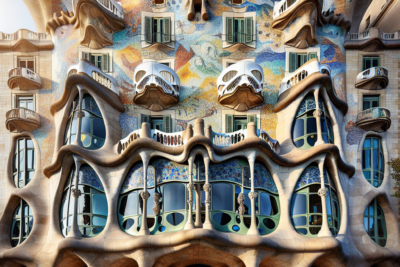
- The Historical Significance of the Black Madonna in Barcelona
- Exploring the Symbolism of the Black Madonna: Colors and Meanings
- The Pilgrimage to the Black Madonna: A Spiritual Journey
- Artistic Representations of the Black Madonna in Catalonia
- Legends and Myths Surrounding Barcelona's Black Madonna
- The Impact of the Black Madonna on Local Culture and Traditions
The Black Madonna of Barcelona, a figure shrouded in mystery and reverence, has captivated the hearts and minds of countless devotees and curious visitors alike. Her striking presence embodies a rich tapestry of history, spirituality, and cultural significance that invites exploration and contemplation.
In this article, we delve into the captivating narrative surrounding this sacred icon, examining the various interpretations, legends, and artistic representations that contribute to her allure. Join us as we uncover the layers of significance in The Enigma of the Black Madonna: Unveiling the Mystique Behind Barcelona's Sacred Icon, revealing the profound impact she has on the city's identity and its people.
The Historical Significance of the Black Madonna in Barcelona
The Black Madonna of Barcelona, known as <strong"La Moreneta, is not only a religious icon but also a symbol of local identity and cultural heritage. Her veneration dates back to the medieval period, intertwining with the history of the region. She represents the fusion of different cultural influences, including Romanesque, Gothic, and Christian elements that have shaped Barcelona’s architectural and spiritual landscape.
Throughout history, La Moreneta has served as a source of inspiration and comfort for the people of Barcelona. Her presence is often linked to significant historical events, such as the Catalan independence movements, where her image became a rallying point for cultural pride. Her role as a protector of the city underscores her enduring significance in times of turmoil and transformation.
The influence of the Black Madonna extends beyond religious contexts. She has inspired various artistic expressions, from sculptures to paintings, reflecting the evolving perceptions of motherhood and femininity. Notable representations include:
- The 12th-century statue in the Basilica of Montserrat
- Modern interpretations in contemporary art
- Inclusion in various festivals and local traditions
Today, La Moreneta attracts thousands of visitors each year, fostering a sense of community among devotees and tourists. The Black Madonna’s historical significance is encapsulated in her ability to unite people through shared beliefs and cultural narratives, making her an enduring figure in the heart of Barcelona.
Exploring the Symbolism of the Black Madonna: Colors and Meanings
Exploring the symbolism of the Black Madonna reveals a profound connection between colors and meanings. The predominant use of black in her representation is often interpreted as a symbol of mystery and divine femininity. Black is associated not only with the unknown but also with the nurturing aspects of motherhood, suggesting a deep, protective presence that transcends time and culture.
In addition to black, other colors frequently associated with the Black Madonna add layers to her symbolism. For instance, gold often represents holiness and divine light, highlighting her sanctified status. The combination of black and gold creates a striking visual contrast that emphasizes the complexity of her identity as both a mother and a divine protector.
The colors in the Black Madonna's iconography can also be viewed as part of a broader spiritual narrative. Here are some key interpretations:
- Black: Represents mystery, the unknown, and the nurturing aspect of femininity.
- Gold: Signifies holiness, divine light, and the sacred.
- Blue: Often symbolizes tranquility and peace, reflecting a sense of calmness in her presence.
Ultimately, the colors used in her imagery serve to create a rich tapestry of meanings that resonate with her followers. They invite contemplation and foster a deeper understanding of her role in both religious and cultural contexts, illustrating why the Black Madonna remains a powerful symbol in Barcelona and beyond.
The Pilgrimage to the Black Madonna: A Spiritual Journey
The pilgrimage to the Black Madonna represents a profound spiritual journey for many devotees, who travel to the sacred site of Montserrat seeking solace, healing, and connection. This journey is not merely physical; it symbolizes a quest for inner peace and spiritual renewal, echoing the centuries-old traditions of faith and devotion that surround La Moreneta.
As pilgrims approach the Basilica, they often engage in various rituals to deepen their spiritual experience. These practices include:
- Praying before the statue of the Black Madonna
- Lighting candles as offerings
- Participating in communal worship services
- Reflecting in the serene natural surroundings of Montserrat
Many pilgrims report feeling a profound sense of connection to the divine during their visit, which reinforces their cultural and spiritual identity. The journey serves as a powerful reminder of the enduring legacy of the Black Madonna and her role as a spiritual guide.
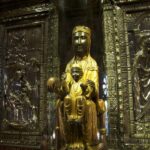 The Enigma of the Black Madonna in Montserrat: Unraveling its Age
The Enigma of the Black Madonna in Montserrat: Unraveling its AgeUltimately, the pilgrimage to the Black Madonna is a transformative experience that highlights the intersection of faith, heritage, and personal reflection. This sacred journey continues to inspire countless individuals, fostering a deep sense of belonging and community among those who seek her intercession.
Artistic Representations of the Black Madonna in Catalonia
Catalonia is home to a diverse range of artistic representations of the Black Madonna, each reflecting the unique cultural and historical context of the region. From medieval sculptures to contemporary paintings, these works capture the profound significance of the Black Madonna as both a religious and cultural icon. The various styles and techniques employed by artists showcase her enduring appeal and the deep emotional connections felt by the community.
One prominent example is the 12th-century statue housed in the Basilica of Montserrat, renowned for its intricate craftsmanship and captivating presence. This revered image not only serves as a focal point for worship but also as a symbol of Catalonia's resilience and identity. Additionally, modern interpretations can be found in contemporary art galleries, where artists experiment with new mediums to express their homage to this sacred figure, further enriching her legacy.
Artistic representations of the Black Madonna often incorporate symbolic elements that resonate with her narrative. Some common themes include:
- Motherhood: Emphasizing her protective and nurturing qualities.
- Spirituality: Highlighting her role as a divine intercessor and guide.
- Cultural Identity: Reflecting the pride and history of the Catalan people.
These artistic endeavors not only celebrate the Black Madonna's significance but also invite reflection on broader themes of faith, community, and cultural heritage. In this way, Catalonia’s artistic representations of the Black Madonna continue to inspire and resonate with both locals and visitors alike, making her an integral part of the region's spiritual and artistic landscape.
Legends and Myths Surrounding Barcelona's Black Madonna
The legends surrounding Barcelona's Black Madonna, or La Moreneta, are deeply rooted in both religious and cultural narratives, often depicting her as a miraculous figure. One popular legend claims that the statue was discovered by shepherds who witnessed extraordinary phenomena in the Montserrat mountains, leading to her veneration as a divine protector. This story emphasizes her role as a guardian of the Catalan people, reinforcing the belief that she has the power to intercede in their lives during times of distress.
Another intriguing myth speaks of the origins of her dark complexion. Some believe that the color represents the earth, symbolizing her connection to the natural world and the importance of motherhood. Others suggest that the dark hue reflects the historical influences of African cultures on Spain, highlighting a shared heritage that transcends geographical boundaries. Such interpretations invite a broader understanding of how cultural exchanges have shaped the representation of sacred icons like La Moreneta.
The Black Madonna is also associated with various miraculous events and healings reported by her devotees. Pilgrims often share tales of personal transformations and divine encounters, attributing their blessings to her intercession. These stories contribute to the rich tapestry of her legend, creating a sense of community among those who seek her guidance. Some key miracles include:
- Healings from chronic illnesses during pilgrimages to Montserrat
- Guidance in critical life decisions
- Protection during periods of conflict and uncertainty
These legends and myths not only enhance the mystique of the Black Madonna but also solidify her position as a central figure in the spiritual life of Barcelona. They encapsulate the hopes and aspirations of her followers, serving as a testament to her enduring impact on the cultural and religious landscape of the region.
The Impact of the Black Madonna on Local Culture and Traditions
The impact of the Black Madonna on local culture and traditions in Barcelona is profound and multifaceted. As a revered figure, La Moreneta serves as a unifying symbol for the Catalan people, weaving her presence into the fabric of their daily lives. Her influence can be seen in various aspects of the community, including religious practices, cultural celebrations, and artistic expressions that celebrate both her significance and the rich heritage of Catalonia.
One of the key ways in which the Black Madonna shapes local culture is through annual festivals and rituals that honor her legacy. These celebrations often include:
- Processions that draw thousands of participants, showcasing devotion to La Moreneta.
- Traditional music and dance that reflect Catalonia's rich cultural tapestry.
- Artistic displays inspired by her image, reinforcing community pride and identity.
Furthermore, the Black Madonna's presence in local folklore enriches the collective narrative of Barcelona's history. Legends associated with her capture the imagination of both residents and visitors, fostering a sense of belonging and continuity. Notably, she is often invoked during moments of societal challenge, symbolizing hope, resilience, and the enduring spirit of the Catalan people.
In addition to her cultural significance, the Black Madonna has also inspired numerous artistic endeavors. From traditional crafts to contemporary interpretations, local artists continually draw upon her imagery to express themes of motherhood, spirituality, and cultural identity. These artistic representations not only honor her legacy but also encourage dialogue about the dynamic relationship between faith and creativity in the region.
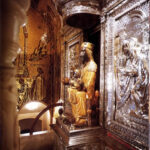 Unveiling the Enigma: Discovering the Whereabouts of the Black Madonna in Spain
Unveiling the Enigma: Discovering the Whereabouts of the Black Madonna in SpainIf you want to know other articles similar to The Enigma of the Black Madonna: Unveiling the Mystique Behind Barcelona's Sacred Icon you can visit the category WHERE YOU CAN GO.
Deja una respuesta


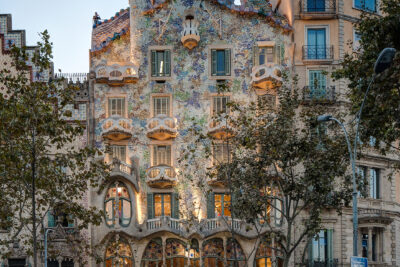
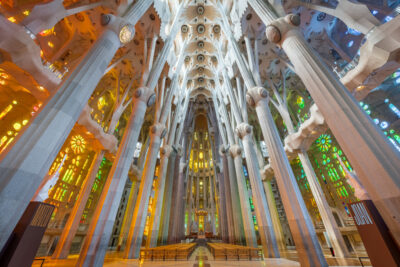
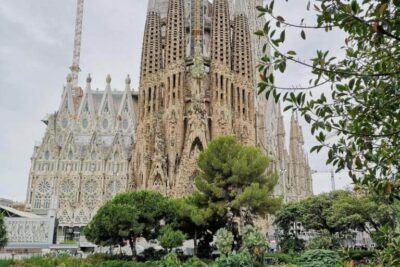
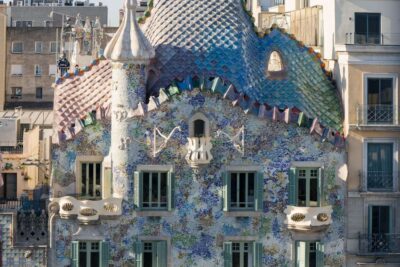
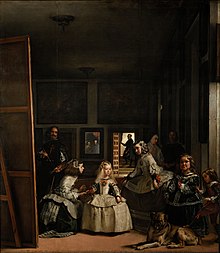
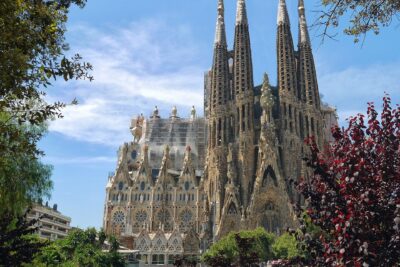
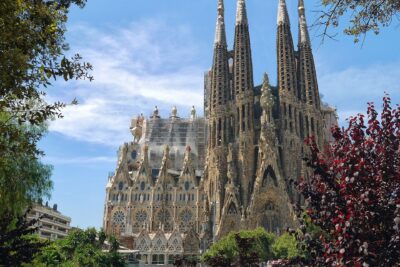
Read more!